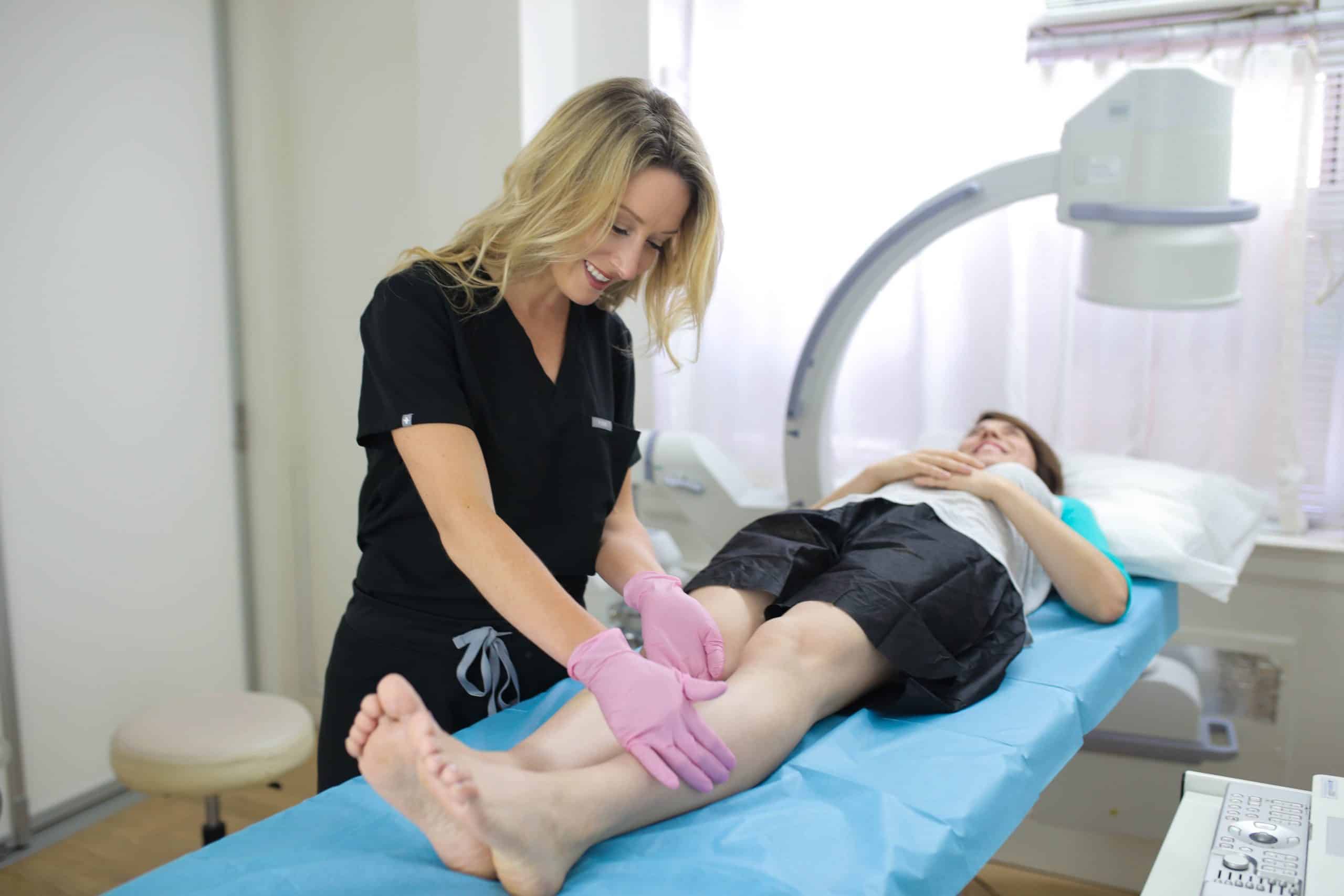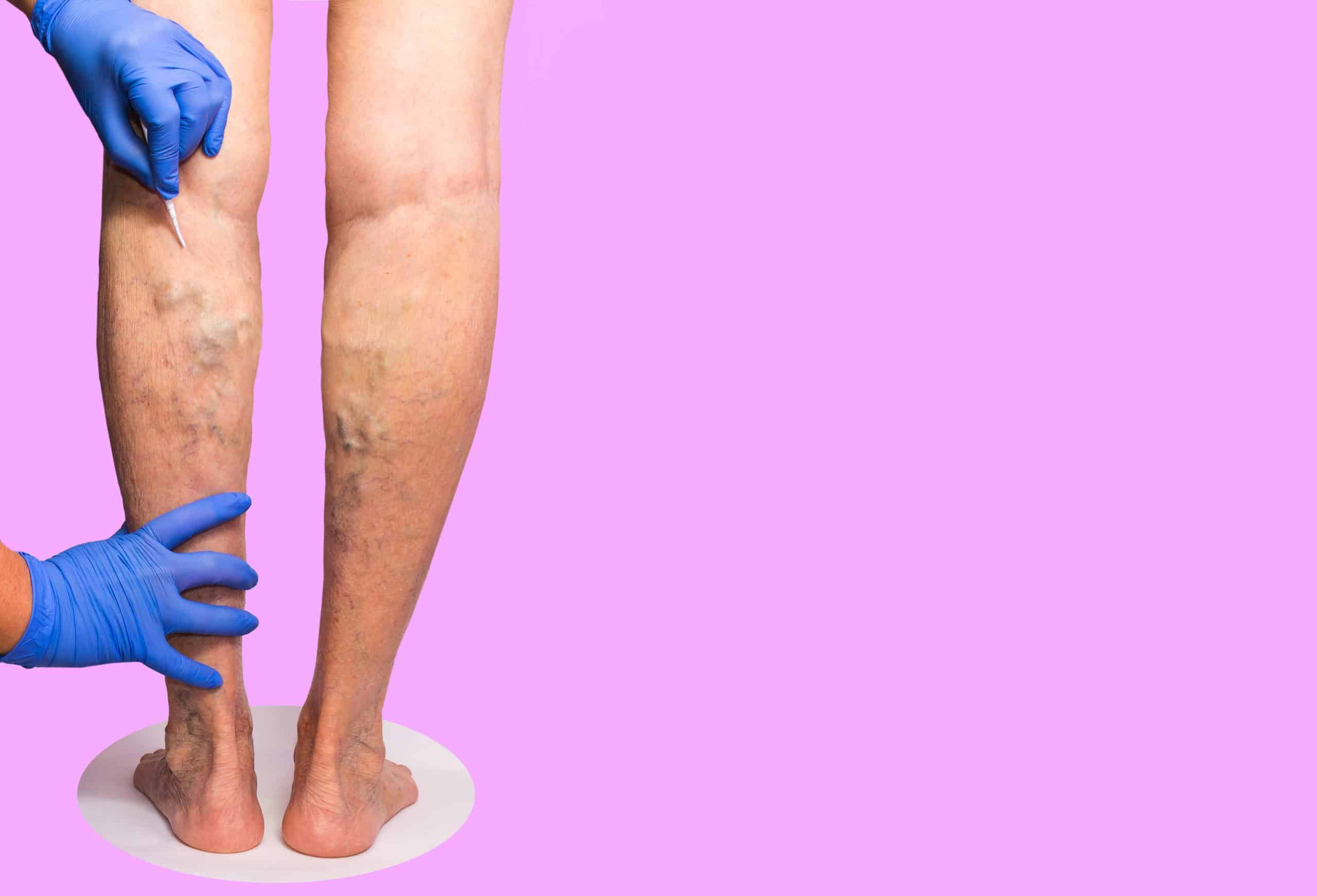Now with minimal non-invasive methods, the treatments are nearly painless and easy. Then what is stopping you from treatment?
You may not sometimes know that varicose veins are affecting you. But with the symptoms affecting your legs, you can identify the disease. If you notice bulging veins on your legs or ankles that are painful and tender to touch, you should explore your treatment options with a vein specialist. Luckily, several treatment options are pain-free and fade away varicose veins and spider veins.
Not treating is not an option as they can bring bothersome symptoms, such as swelling, aching, and throbbing pain in your legs. The condition is dangerous and can be life-threatening. These valves play a crucial role in our blood circulation and help pump blood back to the heart after.
During the procedure
During the process, you will be awake; your surgeon will give you a local anesthetic to numb the leg. The doctor will use ultrasound to visualize the vein and remove the damaged veins from your leg.

When your doctor inserts the catheter, you may feel slight pressure or minor stinging when the doctor injects sclerosant solution into the vein of your leg.
What are the treatment options for varicose veins? There are several approaches available for treating varicose veins. These include:
Sclerotherapy
Sclerotherapy is a good alternative for varicose veins; it destroys varicose veins by injecting a solution called a sclerosant into the leg’s vein. The sclerosant treats the vein with the solution and causes it to fade and the blood to reroute to healthier veins.
Your body will eventually destroy the veins from the legs, and they will disappear over time.
Radiofrequency ablation
This procedure transmits radio waves into the vein’s wall to destroy them. Your doctor will numb the vein of the leg and uses an ultrasound to locate the vein, and passes a wire catheter through the vein to put the radiofrequency energy. The vein wall heats the damaged vein, and eventually, it is reabsorbed by the body and vanishes. It may take months to see the full effects of this process.
Endovenous laser ablation
Laser ablation is similar to radiofrequency ablation; it only uses a laser to treat the veins.
The laser is used to shrink the vein by heat, close it, and fade it away. It is usually used to treat deep veins in the legs that are affected.
Phlebectomy
Phlebectomy is another minimally intrusive method that treats varicose veins. The doctor makes a small cut near the vein to remove the affected vein through the incision using a unique hook tool.

This is an outpatient procedure that is done with a local anesthetic. This procedure usually takes 30 to 60 minutes to go over. To get the required result, your doctor will repeat the process.
How to Prepare for Your Vein Treatment?
You need to come to the clinic wearing loose-fitting clothing. You can eat and drink normally, but restrain caffeine before your treatment. You can walk and drive home by yourself. These treatments do not require staying up in the hospital. It is a quick and easy treatment method with minimal recovery time.
In Conclusion:
So now that you know these minimally invasive treatment options, you can call or visit your doctor for more information.
Article Source : https://www.healthandhealthytips.com/what-happens-during-the-vein-treatment/